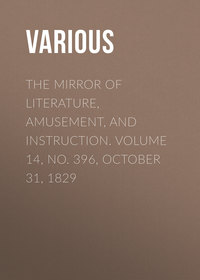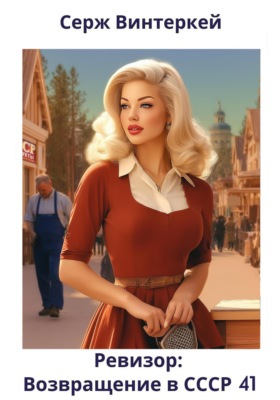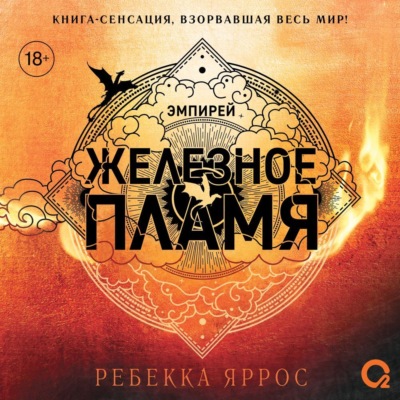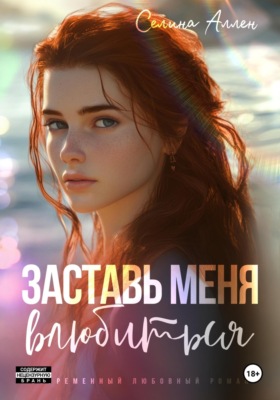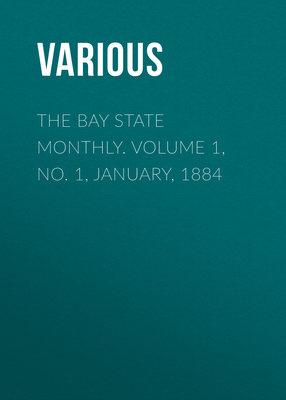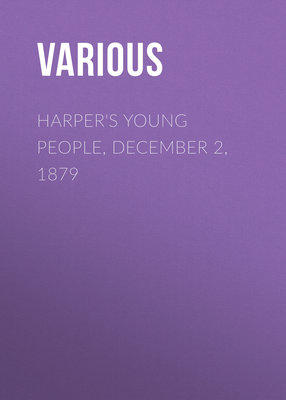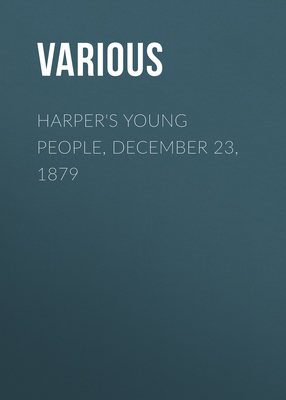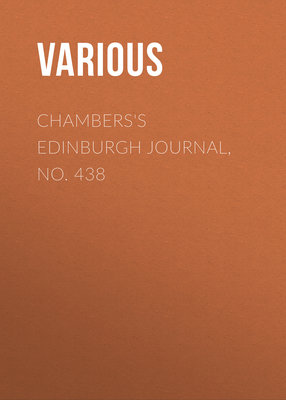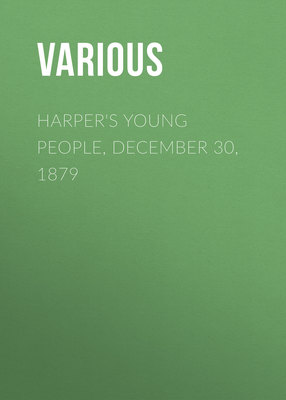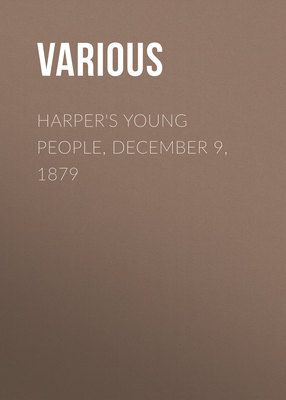Loe raamatut: «The Mirror of Literature, Amusement, and Instruction. Volume 14, No. 396, October 31, 1829»
BLARNEY CASTLE

This Engraving, to use a cant phrase, is an exquisite "bit of Blarney;" but independent of the vulgar association, it has a multitude of attractions for every reader. Its interest will, however, be materially enhanced by the following admirable description from the graphic pen of T. Crofton Croker, Esq.1
Blarney, so famous in Irish song and story, is situated about four miles north west of Cork, and was, within these few years, a thriving manufacturing village; but it no longer wears the aspect of comfort or of business, and appears much gone to decay.
The alteration struck me very forcibly. In 1815, I remember a large square of neat cottages, and the area, a green shaded by fine old trees. Most of the cottages are now roofless; the trees have been cut down, and on my last visit, in 1821, a crop of barley was ripening in the square.
"the clam'rous rooks
Ask for their wonted seat, but ask in vain!
Their ancient home is level'd with the earth,
Never to wave again its leafy head,
Or yield a covert to the feather'd choir,
Who now, with broken song, remote and shy,
Seek other bowers, their native branches gone!"
This prepared me to expect a similar change in the grounds of the castle, where much timber has been also felled; but the grounds still are beautiful, rock and water being features in the landscape, the picturesque effect of which neglect cannot injure.
The castle consists of a massive square tower, that rises broad and boldly above surrounding trees, on a precipitous rock over a stream called the Awmartin; and attached to the east side is an extensive dwelling-house, erected about a century since by Sir James Jeffreys, who purchased or obtained this estate from the crown, and in whose family it still continues.
Blarney Castle was built about the middle of the fifteenth century, by Cormac MacCarty, or Carthy surnamed Laider, or the Strong. He was descended from the kings of Cork, and was esteemed so powerful a chieftain that the English settlers in his part of Munster paid him an annual tribute of forty pounds to protect them from the attacks and insults of the Irish. To him is also ascribed the building of the Abbey and Castle of Kilcrea, the Nunnery of Ballyvacadine, and many other religious houses; in the former of which he was buried.2 It would be a matter of little importance and considerable labour to trace the Castle of Blarney from one possessor to another. The genealogical table in Keating's "History of Ireland" will enable those addicted to research to follow the Mac Carty pedigree; but a tiresome repetition of names, occasioned by the scantiness of them in an exceedingly numerous family, present continual causes of perplexity to the general reader. The names of Donough, Cormac, Teague, Florence, Dermot, Owen, and Donnel, constitute almost the whole catalogue used by the Mac Carties3 for a period exceeding six hundred years.4 This difficulty is heightened from the entire Sept being, in point of fact, without a sirname, as the followers of most chieftains in Ireland as well as Scotland assumed that of their lord. In the reign of Edward IV. a statute was enacted, commanding each individual to take upon himself a separate sirname, "either of his trade and faculty, or of some quality of his body or mind, or of the place where he dwelt, so that every one should be distinguished from the other." But this statute did not effect the object proposed, and Spenser, in his "View of Ireland," mentions it as having become obsolete, and strongly recommends its renewal.
The military and historic recollections connected with Blarney are doubtless of sufficient importance to give an interest to the place; but to a curious superstition it is perhaps more indebted for celebrity. A stone in the highest part of the castle wall is pointed out to visitors, which is supposed to give to whoever kisses it the peculiar privilege of deviating from veracity with unblushing countenance whenever it may be convenient—hence the well-known phrase of "Blarney."
The grounds attached to the castle, as I before observed, though so little attended to, are still beautiful. Walks, which a few years since were neat and trim, are now so overrun with brambles and wild flowers as to be passed with difficulty. Much wood has also been cut down, and the statues, so ridiculously enumerated in a popular song, removed. A picturesque bridge too, which led to the castle, has been swept away by the wintry floods, and, with the exception of a small dell called the Rock Close, every thing seems changed for the worse. In this romantic spot nature and art (a combination rather uncommon in pleasure-grounds) have gone hand in hand. Advantage has been taken of accidental circumstances to form tasteful and characteristic combinations; and it is really a matter of difficulty at first to determine what is primitive, and what the produce of design. The delusion is even heightened by the present total neglect. You come most unexpectedly into this little shaded nook, and stand upon a natural terrace above the river, which glides as calmly as possible beneath. Here, if you feel inclined for contemplation, a rustic couch of rock, all festooned with moss and ivy, is at your service; but if adventurous feelings urge you to explore farther, a discovery is made of an almost concealed, irregularly excavated passage through the solid rock, which is descended by a rude flight of stone steps, called the "Witches Stairs," and you emerge sul margine d'un rio, over which depend some light and graceful trees. It is indeed a fairy scene, and I know of no place where I could sooner imagine these little elves holding their moonlight revelry.
A short distance to the south-west of the castle is a lake, said to abound with a species of leech. It does not afford one good subject for the pencil, being without islands, the margin swampy, and the adjacent trees planted with too much attention to regularity. It is a very generally believed tradition that, before Blarney surrendered to King William's forces, Lord Clancarty's plate was made up in an 'oaken chest, which was thrown into this lake, and has not since been recovered; nor does this appear improbable, as I understand repeated attempts have in vain been made to drain it. In 1814, the late Mr. Milliken, whose well-known song of "the Groves of Blarney" has identified his memory with the place, gave me a clumsy silver ring for the finger, which had been taken out of the lake by a boy who was fishing in it.
Since I am on the subject of discoveries, it may be worth notice that, in a quarry close to the castle, where some men were working, we picked up several human bones, and that one of the labourers informed us so many as twenty horse loads of these bones had been thrown into the lake; he also spoke of two or three spear-heads being found with them. Groats and pennies of the Edwards and Henries have frequently been dug up here; but I believe never in any quantity.
The interior of the castle contains little worth notice except a full-length portrait of Charles XII. of Sweden, said to be an original, and brought here by one of the Jeffreys' family who was envoy to that monarch.
THE ANNUALS
"Flow'rets strew'd
By churlish Time, in cheerlier mood;
The sweetness of a second Spring,
Beneath the Autumn of his wing.
Bestowing on the season's gloom
The bliss of a perennial bloom."
Glancing back to the commencement of the nineteenth century, the only annual record of poetry and prose which we recollect, was "The Flowers of Literature;" a thick duodecimo, habited in a flesh-coloured wrapper, and retaining in its print and pages, the quaintness which characterized "the good old days" of the "Universal Magazine;" and which still clings, though somewhat modified, to the patriarchal pages of Sylvanus Urban. The matter was in accordance with the manner—a medley of prosing articles, from the titles of which we might select, as indicative of their style, "Ode to Despair;" "Topographical Description of Paris;" "The Sailor;" more agreeably interspersed with some effusion of Mrs. Barbauld, or Mrs. Opie; mingled, again, with sundry "Observations on the Present State of the War," written by some sleepy newspaper editor, whose language we might assimilate with, "We have received intelligence from," &c. Here and there, perhaps, a straggling beam of genius broke through the mental twilight, in the shape of, "Some Account of the poet, Burns;" a Rustique by Bloomfield, or an elegant sonnet by Bowles or Charlotte Smith. The rest of would-be-sonneteers, tragedy-writers, and essayists, have long ago found, with their mediocrities, a congenial oblivion in "the tomb of all the Capulets."
But suddenly, and without much premise to warrant the commencement of such an era, the department of our imaginative literature was established in patronage and importance; and those "trivial, fond records," which were wont only to sparkle a brief endurance in the mutable columns of a newspaper, or doomed, when existing in fragile manuscript, "to die and be forgot," found a refuge from their Lethean fate in the numerous Magazines which the increased taste, and avidity for reading, evinced by the public, had called into existence. Still there was a desideratum, which these adornments of English Literature, "The Annuals," alone supplied. The casual tones which emanated from the "transcendent masters of the lyre," were not to be lost to "the public ear" for want of "a circulating medium;" and Ackermann, a name familiar to the lovers of pictorial art, had the honour of first setting England the example of preserving her valuable anthology, by producing his attractive Annual, "The Forget-Me-Not;" a species of literature which presents us with the pleasing facility of holding yearly communion with our poets and authors, without being subjected to the tedium of awaiting their protracted appearance in a more voluminous shape. We can now more frequently greet Anacreon Moore, wreathing his harp with the paternal shamrock, characteristically mingled with "pansies for love;" Montgomery, mourning over our nature's degradation; telling us of the affections and passions of earth, yet luring us to higher hopes and brighter consummation; his every line evincing that chastened sorrow which Byron threw into the portrait of the Sheffield bard—
"With broken lyre, and cheek serenely pale."
Coleridge, dropping "some natural tears," on viewing the altered features of his native valley; sweetly and affectionately telling of
"The meadow, and its babbling brook,
Where roses in the ripple shook."
Southey, forgetting the ungentler theme of "battle field" amidst the sublimity of rock and lake. Campbell, pouring from his plaintive shell a tender eulogy to his northern home—a glowing tissue of
Dreams Of the Highland mountains, and echoing streams,
And broken glades, breathing their balm.
—Scott, terrifically depicting a Sassenagh tournament, or inditing a stirring appeal to the "blue bonnets," to settle some Border broil. James Hogg, "the Scottish Virgil," on whom has surely fallen the mantle of inspiration from the Mantuan bard, coming forth in all the richness of the "Noctes Ambrosianae," from the misty hill where he dominates "the king of shepherds." Delta, elegantly pensive, sighing beneath the blighted trees which flourished over his boyhood; and listening to the rhetoric of the changing seasons. Alaric Watts, "the fireside bard," giving us a touching apostrophe to his "youngling of the flock," in melting verse, warm from that kindred fancy
"Whose blessed words
Can bid the sweetest dreams arise;
Awaken feeling's tenderest chords,
And drown in tears of joy the eyes."
T.K. Hervey, following in the same bright path, or enthusiastically rapt amidst the beauty and bloom of Australia.—Bernard Barton, bringing us snatches of vernal philosophy, gathered in the silence of murky woods, and the solitude of perfumed meadows.—John Clare, swearing everlasting fealty to his beauteous Mary, by the elm-shadowed cottage of her bowery home; thanking heaven for the benison of love and rurality.—Richardson, the poet of India, sonnetizing amidst the superb cupolas and temples which gem the banks of the deified Ganges, longing to exchange his fevered abode for salubrious England.—Pringle transforming the repulsive features of a South African desert into matter for piteous song; and illumining, by the brightness of his genius, the terrible picture of Caffre barbarity and degradation.—Roscoe, revelling in the sweets of Italian lore, his own lips "touched with a live coal" from the altar of poesy.—Washington Irving, grasping at the intellect, and speculating on the wit and fancy, of all climes; so speedily transplanting himself (bodily as well as mentally) from the back woods of America to the land of Columbus—from the vineyards of France to the valleys of Yorkshire—as almost to induce a belief in his power of ubiquity.—Allan Cunningham, sympathizing with the sorrows of one "who never told her love," and weaving a tearful elegy over her flower-strewn grave, or painting the fiercer incidents of piratical warfare, on the ocean's solitudes.—Felicia Hemans, her lyre musically blending the song of sounding streams with the spontaneous melody of the "feathered choir" composing an epicedium to the memory of departed days, and proving her glorious claims to the poetic character, "creation's heir."—Mary Russell Mitford, great in her histrionic portraitures of liberty, whether patrician or plebeian; yet not forgetting in her dramatic wanderings, her happy village; but drawing us, "by the cords of love," to the rustic scene; amplifying that fine axiom of the Stratford bard—
HIC. IACET. CORMACVS. FIL. THADEI. FIL. CORMACI. FIL. DERMITII. MAGNI. MC. CARTHY. DNVS DE. MVSCRAIGH. FLAYN. AC. ISTIVS. CONVENTVS. PRIMVS. FVNDATOR. AN. DOM. 1494.
